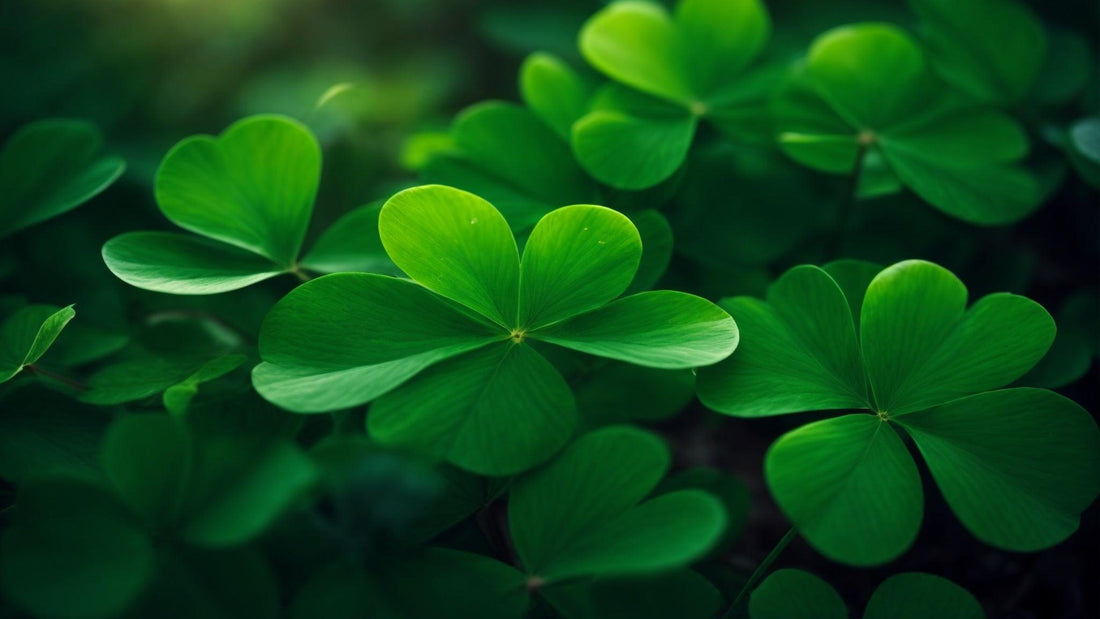
People Don't Even Know Why We Celebrate St. Patrick's Day
Q9powersportsusa.com StaffShare
The Origins of St. Patrick's Day
Every year on March 17th, people all around the world celebrate St. Patrick's Day with parades, green decorations, and festive parties. However, many people partake in these festivities without truly understanding the history and significance behind this cultural celebration.
Who Was St. Patrick?
St. Patrick, the patron saint of Ireland, was actually not Irish himself. He was born in Roman Britain in the late 4th century. At the age of 16, he was kidnapped by Irish raiders and taken to Ireland as a slave. After six years of captivity, he managed to escape and return to his family.
Bringing Christianity to Ireland
After his escape, St. Patrick became a Christian missionary. He later returned to Ireland with a mission to convert the Irish people to Christianity. St. Patrick used the three-leafed shamrock, which is now a symbol of St. Patrick's Day, to explain the concept of the Holy Trinity to the Irish.
Evolution of St. Patrick's Day Celebrations
St. Patrick's Day was originally observed as a religious feast day in Ireland, honoring the death of St. Patrick. However, it wasn't until the early 17th century that the day became a public holiday.
In the United States, St. Patrick's Day initially started as a way for Irish immigrants to celebrate their heritage. Over time, the celebration grew in popularity, and today it has become a day to celebrate Irish culture and heritage, regardless of one's ancestry.
Common St. Patrick's Day Traditions
St. Patrick's Day is celebrated in various ways around the world. Let's explore some of the common traditions associated with this holiday:
1. Wearing Green
On St. Patrick's Day, wearing green is believed to make you invisible to leprechauns, mischievous Irish folklore creatures. People dress in green clothing, accessories, and even paint their faces with green shamrocks.
2. Parades
Cities around the world hold elaborate parades with marching bands, floats, and dancers. The largest St. Patrick's Day parade takes place in Dublin, Ireland, attracting thousands of visitors each year. In the United States, the St. Patrick's Day parade in New York City is a famous tradition that dates back to 1762.
3. Shamrocks
The shamrock, a three-leafed clover, is a popular symbol associated with St. Patrick's Day. It is believed that St. Patrick used the shamrock to teach the Irish about the Holy Trinity. Wearing or displaying shamrocks has become a way to show one's Irish pride and connection to the holiday.
4. Irish Food and Drinks
Traditional Irish dishes like corned beef and cabbage, Irish soda bread, and Guinness are enjoyed on this day. Many people also indulge in green-colored foods and drinks, such as green beer or green desserts, to add a festive touch to their celebrations.
5. Music and Dancing
Traditional Irish music and step dancing performances are common during St. Patrick's Day celebrations. People gather in pubs or community centers to enjoy live music, dance, and participate in lively jigs and reels. Instruments like the fiddle, tin whistle, and bodhrán are often heard during these festivities.
6. Leprechauns and Pot of Gold
St. Patrick's Day is often associated with leprechauns, small mythical creatures from Irish folklore. According to legend, leprechauns are mischievous beings who hide a pot of gold at the end of a rainbow. Many decorations and themed crafts depict leprechauns and their pursuit of the elusive pot of gold.
7. Irish Blessings and Good Luck Charms
St. Patrick's Day is a time when people exchange Irish blessings and good luck charms. It is common to hear phrases like 'May the luck of the Irish be with you' or 'Sláinte,' which means 'Cheers' in Irish. People also wear and carry lucky charms, such as four-leaf clovers or horseshoes, to attract good fortune.
8. Global Greening
In recent years, a movement called 'Global Greening' has gained traction. Iconic landmarks and buildings worldwide are illuminated in green lights to show solidarity with Ireland and celebrate St. Patrick's Day. From the Sydney Opera House in Australia to the Empire State Building in New York, these green displays create a visually stunning reminder of the day's global significance.
Conclusion
St. Patrick's Day is more than just a day to wear green and celebrate with a pint of beer. It is a day to honor the rich history and contributions of the Irish culture. By understanding the origins of St. Patrick's Day, the story of St. Patrick himself, and the significance of the traditions associated with this holiday, we can truly appreciate the depth and meaning behind the celebrations. So, the next time you join in the St. Patrick's Day festivities, remember the story of St. Patrick and the cultural significance of this beloved holiday.
